Neither China Airlines (CAL) nor EVA Airways have Boeing 777-200 planes in their fleets, the two airlines said yesterday.
The airlines told reporters that they do not have Boeing 777-200 aircraft in their fleets, adding that none of the aircraft they own use Pratt & Whitney PW4000-series engines either.
Their Boeing 777 aircraft are Boeing 777-300ER models, they said.
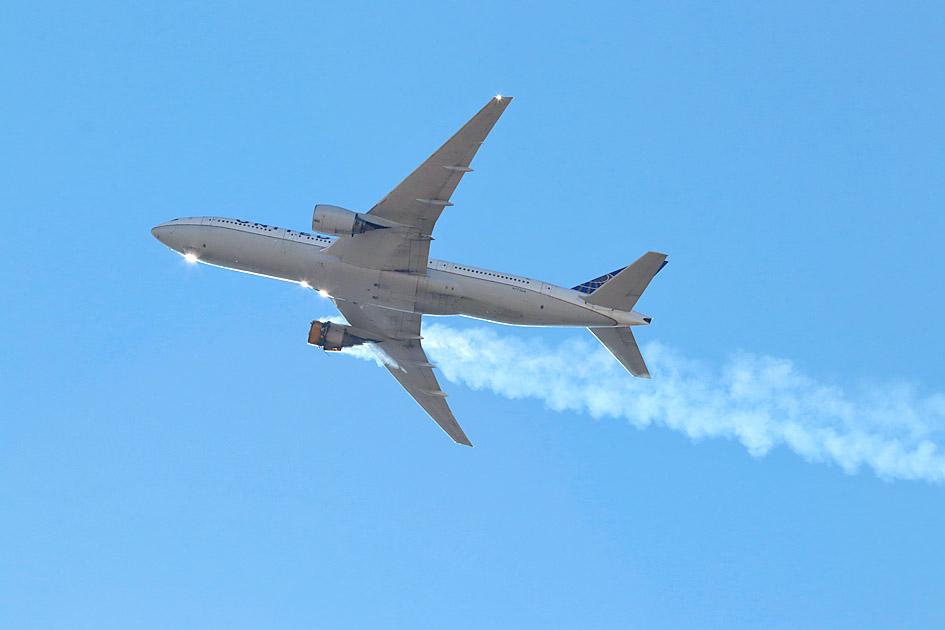
Photo: Hayden Smith / EPA-EFE
They clarified the models in their fleet after United Airlines Flight UA328 to Honolulu experienced engine failure soon after departing from Denver International Airport on Saturday afternoon, with broken engine parts raining down on suburban neighborhoods.
The flight landed safely at the airport in Denver, and no one was hurt.
Passengers on board told reporters that they had heard a loud explosion soon after takeoff, with one of them posting a video online showing the engine on fire after the explosion.
The incident prompted the US Federal Aviation Administration (FAA) to issue an “emergency airworthiness directive” on Sunday, requiring “immediate or stepped-up inspection of Boeing 777 airplanes equipped with certain Pratt & Whitney PW4000 engines,” FAA administrator Steve Dickson said in a statement posted on the agency’s Twitter account.
“This will likely mean that some airplanes will be removed from service,” Dickson said.
“We reviewed all available safety data following yesterday’s incident. Based on the initial information, we concluded that the inspection interval should be stepped up for hollow fan blades that are unique to this model of engine, used solely on Boeing 777 airplanes,” he added.
On Sunday, the Japanese government banned Boeing 777 aircraft equipped with PW4000 engines from departing or landing at Japanese airports or flying through the country’s airspace.
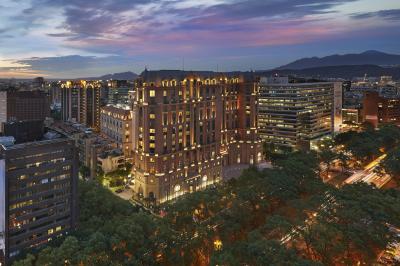
The first global hotel Keys Selection by the Michelin Guide includes four hotels in Taiwan, Michelin announced yesterday. All four received the “Michelin One Key,” indicating guests are to experience a “very special stay” at any of the locations as the establishments are “a true gem with personality. Service always goes the extra mile, and the hotel provides much more than others in its price range.” Of the four hotels, three are located in Taipei and one in Taichung. In Taipei, the One Key accolades were awarded to the Capella Taipei, Kimpton Da An Taipei and Mandarin Oriental Taipei. Capella Taipei was described by
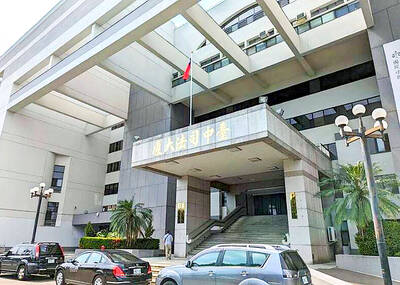
The Taichung District Court yesterday confirmed its final ruling that the marriage between teenage heir Lai (賴) and a man surnamed Hsia (夏) was legally invalid, preventing Hsia from inheriting Lai’s NT$500 million (US$16.37 million) estate. The court confirmed that Hsia chose not to appeal the civil judgement after the court handed down its ruling in June, making the decision final. In the June ruling, the court said that Lai, 18, and Hsia, 26, showed “no mutual admiration before the marriage” and that their interactions were “distant and unfamiliar.” The judge concluded that the couple lacked the “true intention of
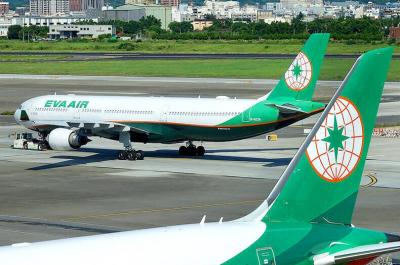
EVA Airways today confirmed the death of a flight attendant on Saturday upon their return to Taiwan and said an internal investigation has been launched, as criticism mounted over a social media post accusing the airline of failing to offer sufficient employee protections. According to the post, the flight attendant complained of feeling sick on board a flight, but was unable to take sick leave or access medical care. The crew member allegedly did not receive assistance from the chief purser, who failed to heed their requests for medical attention or call an ambulance once the flight landed, the post said. As sick
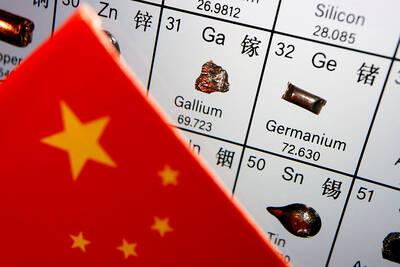
INDUSTRY: Beijing’s latest export measures go beyond targeting the US and would likely affect any country that uses Chinese rare earths or related tech, an academic said Taiwanese industries could face significant disruption from China’s newly tightened export controls on rare earth elements, as much of Taiwan’s supply indirectly depends on Chinese materials processed in Japan, a local expert said yesterday. Kristy Hsu (徐遵慈), director of the Taiwan ASEAN Studies Center at the Chung-Hua Institution for Economic Research, said that China’s latest export measures go far beyond targeting the US and would likely affect any country that uses Chinese rare earths or related technologies. With Japan and Southeast Asian countries among those expected to be hit, Taiwan could feel the impact through its reliance on Japanese-made semi-finished products and